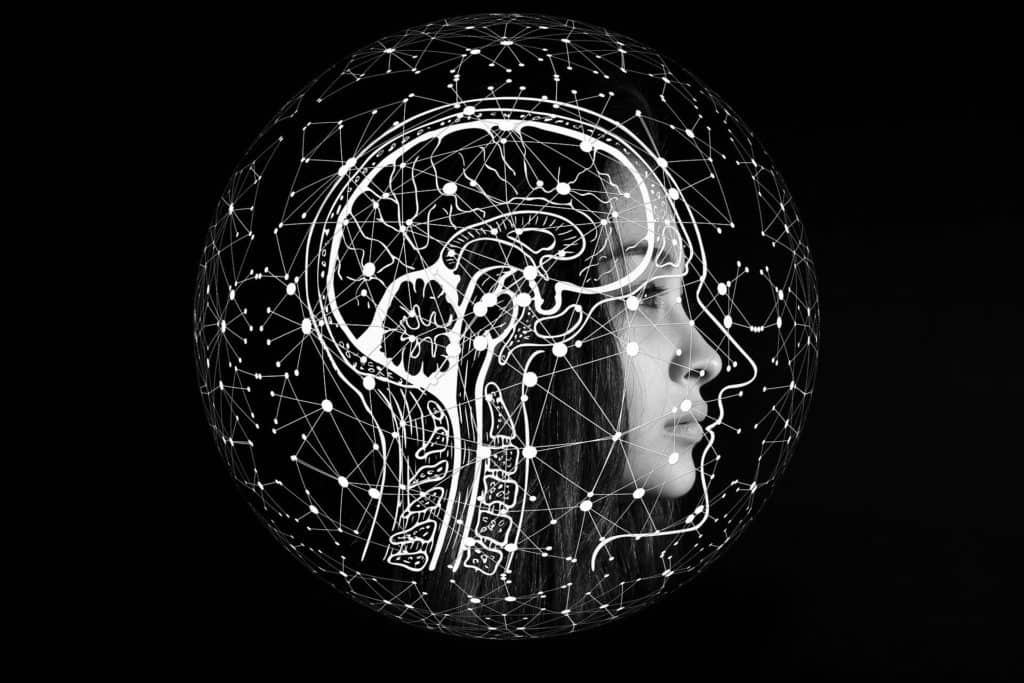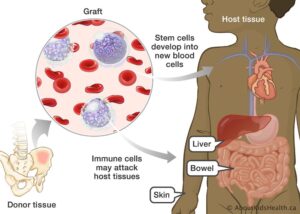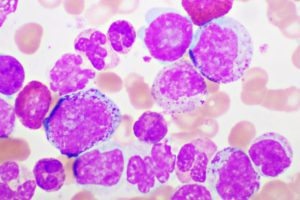TDCS overview
Updated on: February, 2021
Transcranial direct current stimulation (tDCS) is a non-invasive neuromodulation technique in which weak direct currents (0.5 to 2 mA) is delivered through the brain from a battery pack by applying sponge electrodes over the scalp. A weak electric field is generated between the anode and cathode in the brain, thus the resting membrane potential of the neurons get slightly shifted without evoking neuronal firing. Through the regular application of tDCS, substantial alteration of neuronal functions can be achieved. Some studies have shown the positive correlation between tDCS and improved brain function especially memory and hand-eye coordination. Although, tDCS has been used to treat certain medical conditions like depression, anxiety, mood disorder, epilepsy, and central nervous system injury, etc. but its use is still controversial mainly due to lack of convincing large-scale randomized control trials.
Passing electricity through the brain for the treatment purpose of various psychiatric diseases has been practiced for a century. Perhaps, the most famous one is electroconvulsive therapy where the patient is put under general anesthesia and strong electrical currents are delivered through the brain. Unlike the traditional electrical brain therapies, the relatively newer tDCS comes with very few side effects as it delivers a much lesser amount of electricity. None of the patients felt significant discomfort while receiving tDCS. Only a mild tingling sensation can be felt during the stimulation where the electrodes touch the skin. A few people complained of nausea, headache, dizziness, and phosphene during the stimulation. A phosphene is a temporary and non-dangerous flash of light. Many tDCS devices come with a built-in function that allows electrical current to be increased gradually until the required current is reached. This function can lower the intensity of side effects for some patients. Despite its minor side effects, tDCS is widely considered as safe for human use.
Currently, a wide variety of tDCS devices are available in some online stores that promise to significantly increase the performance of the brain, reduce pain and improve sleep. Most of these devices are not so costly and very easy to use. As a result, unsupervised self-practice of tDCS is increasing. In the USA, the FDA still has not issued an opinion on recommending or restricting the use of tDCS devices. During tDCS, cortical neurons underlying the anode become hypo-polarized and therefore, more excitable and neurons beneath the cathode turn out to be less excitable. Cathodal stimulation can treat the psychiatric disorders that occur due to the hyperactivity of a certain region of the brain. Only the neurologists or neuroscience specialists know which part of the brain hypo-polarized and which part should be hyper-polarized for effective treatment. Hence, this procedure should only be used in specialist centers. Electrode size, electrode placement, duration of stimulation and intensity of current are all important factors for effective treatment. Inappropriate use of the tDCS devices may yield undesired outcomes.

A typical session of tDCS lasts for up to 30 minutes. Behavioral changes following a single session are very minimal and short-lived. Multiple, spaced sessions are required for a sustained effect. At present, no clear guideline exists that says how many sessions will be required to treat a specific disease. But there is a safety guideline which says daily stimulation up to one hour and up to 4 mA is safe. It is worth to mention that long-term tolerability of this type of stimulation is still questionable and people with the seizure disorder should not use it. A European meta-analysis in 2016 has found probable efficacy for treating fibromyalgia, depression, and craving. A few other studies have suggested possible improvements in symptoms of Parkinson’s disease, Alzheimer’s disease, major depressive disorder, aphasia, and schizophrenia. There are also documented cases of post-stroke brain function recovery and neuropathic pain control following spinal cord injury by tDCS. These studies were done in a clinical setting which is completely different from buying a device and undergoing unsupervised self-stimulation. To date, no large-scale study has linked tDCS to significant cognitive function improvement in healthy individuals.
Considering the side effect profiles of current antipsychotics, the tDCS may be a potential treatment in the future if the technology gets more refined. Other practical advantages of tDCS devices are its portability, cost-effectiveness, and ease of use. Currently, a lot of studies related to tDCS are small pilot studies and many of these yielded somewhat mixed and contradictory results. Large-scale multicentered RCT is required to predict the efficacy of tDCS treatment and its long-term outcome more precisely.



